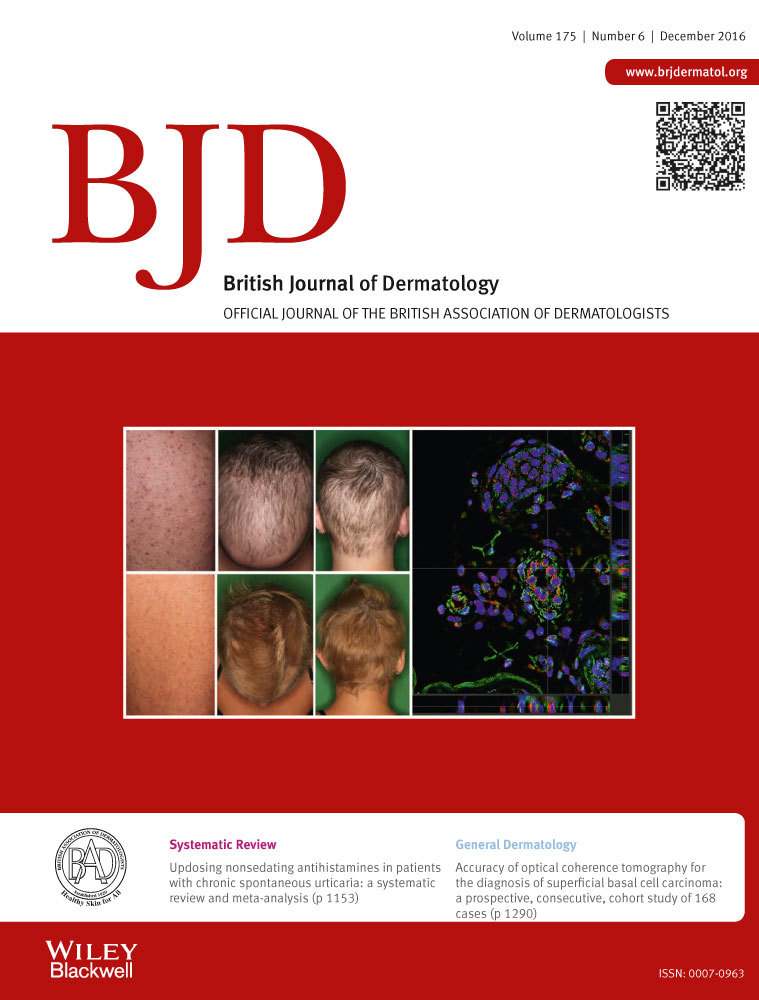Dermoscopy and in vivo confocal microscopy are complementary techniques for diagnosis of difficult amelanotic and light-coloured skin lesions
Summary
Background
Amelanotic melanomas are often difficult to diagnose.
Objectives
To find and test the best methods of diagnosis using dermoscopy and reflectance confocal microscopy (RCM) tools.
Methods
We selected consecutive, difficult-to-diagnose, light-coloured and amelanotic skin lesions from three centres (in Australia and Italy). Dermoscopy and RCM diagnostic utility were evaluated under blinded conditions utilizing 45 melanomas (16 in situ, 29 invasive), 68 naevi, 48 basal cell carcinomas (BCCs), 10 actinic keratoses, 10 squamous cell carcinomas (SCCs) and 13 other benign lesions.
Results
Sensitivity and specificity for melanoma with dermoscopy pattern analysis by two blinded observers and their ‘confidence in diagnosis’ were low. The amelanotic dermoscopy method had the highest sensitivity (83%) for a diagnosis of malignancy (melanoma, BCC or SCC), but specificity was only 18%. Multivariate analysis confirmed the utility of RCM features previously identified for the diagnosis of BCC and melanoma (highest odds ratio for melanoma: epidermal disarray, dark and/or round pagetoid cells). RCM sensitivity was 67% and 73% for melanoma and BCC diagnosis, respectively, and its specificity for nonmalignant lesion diagnosis was 56%. RCM reader confidence was higher than for dermoscopy; 84% of melanomas would have been biopsied and biopsy avoided in 47% of benign lesions. All melanomas misclassified by either dermoscopy or RCM were detected by the other tool.
Conclusions
Dermoscopy and RCM represent complementary/synergistic methods for diagnosis of amelanotic/light-coloured skin lesions.




